Make Your Own Zoo: Animal Crafts for Your Kids
Are you ready to embark on a wild adventure right from the comfort of your home? Crafting your own zoo is not just a fun activity; it’s a fantastic way to ignite your child's imagination while learning about the fascinating world of animals! Imagine your living room transformed into a vibrant safari, complete with colorful masks, playful puppets, and even a miniature zoo. This article explores a plethora of exciting animal craft ideas that will not only keep your kids entertained but also help them develop essential skills like fine motor coordination and artistic expression.
Crafting is like opening a treasure chest of creativity. Each project is an opportunity for your child to express themselves, experiment with colors, and bring their favorite animals to life. Plus, working with their hands helps improve their dexterity. Think of it as a fun workout for their little fingers! And let’s not forget the joy of working together as a family—crafting can be a bonding experience that sparks conversations about wildlife and nature.
In the coming sections, we’ll dive into the benefits of animal crafts, the materials you’ll need, and step-by-step instructions for some captivating projects. So, grab your scissors, glue, and a sprinkle of imagination, and let’s get crafting!
Engaging in animal crafts offers numerous benefits for children, including enhancing creativity, improving hand-eye coordination, and fostering a love for nature and wildlife through hands-on activities. When kids create, they not only express their thoughts and feelings but also develop problem-solving skills. For instance, while making a paper plate lion, they might figure out how to attach the mane in a way that looks just right. This kind of creative thinking is invaluable!
Moreover, crafting can be incredibly therapeutic. As children focus on their projects, they often experience a sense of calm and achievement. It’s like a mini-escape into their own world of imagination. Plus, the end result—a colorful animal craft—gives them a sense of pride and accomplishment. It's a win-win situation!
Before diving into the fun, it’s essential to gather some materials. You don’t need to break the bank; many supplies can be found around your home. Here’s a quick rundown of what you’ll need:
- Recycled materials: cardboard boxes, paper plates, plastic bottles
- Natural materials: leaves, twigs, stones
- Basic craft supplies: scissors, glue, markers, paint
- Decorative items: googly eyes, feathers, glitter
With these materials at hand, you’re ready to unleash your creativity! Remember, the only limit is your imagination. Now, let’s explore some specific crafting ideas that will make your zoo come alive!
Using recycled materials not only promotes sustainability but also inspires creativity. Learn how to repurpose everyday items like cardboard, plastic bottles, and paper into fun animal crafts. For example, a simple cardboard box can become a majestic elephant, while a plastic bottle can be transformed into a colorful bird. The possibilities are endless!
Cardboard is versatile and easy to work with. Discover simple techniques to create charming animal figures using cardboard boxes, tubes, and sheets. You can cut out shapes, paint them, and even add details with markers. Imagine crafting a whole family of animals from just one box! It’s like turning trash into treasure.
Paper plates can be transformed into various animal faces. Explore fun ideas for creating colorful and imaginative animal masks and puppets using basic supplies. With just a few cuts and some paint, a plain paper plate can become a lion's face or a frog's grin. Your kids will love wearing their creations and playing pretend!
Incorporating natural materials into crafts connects children with the environment. This section highlights how to use leaves, twigs, and stones to create unique animal art. For instance, leaves can be used to create the body of a butterfly, while twigs can form the legs of a spider. This not only teaches kids about animals but also encourages them to appreciate the beauty of nature.
This section provides detailed instructions for several exciting animal craft projects, ensuring kids can follow along easily and enjoy the crafting process. Each project is designed to be simple yet engaging, allowing children to unleash their creativity while learning about their favorite animals.
Creating animal masks is a fun activity that allows kids to explore their favorite animals. Follow this step-by-step guide to make vibrant masks using simple materials:
- Start with a paper plate and cut out holes for the eyes.
- Use paint or markers to color the plate like your chosen animal.
- Attach ears made from construction paper.
- Use string or an elastic band to wear the mask.
Children can create a miniature zoo using small animal figures and crafts. Learn how to design a fun, interactive zoo scene with various animal habitats. This project encourages storytelling and imaginative play as kids can create their own animal adventures!
Q: What age group is suitable for these crafts?
A: These crafts are great for children ages 3 and up, with adult supervision for younger kids.
Q: Can we use any type of glue for these projects?
A: Yes, but for heavier materials, a stronger adhesive like hot glue is recommended.
Q: How can we incorporate learning into these crafts?
A: Discuss each animal's habitat and characteristics while crafting to enhance learning!
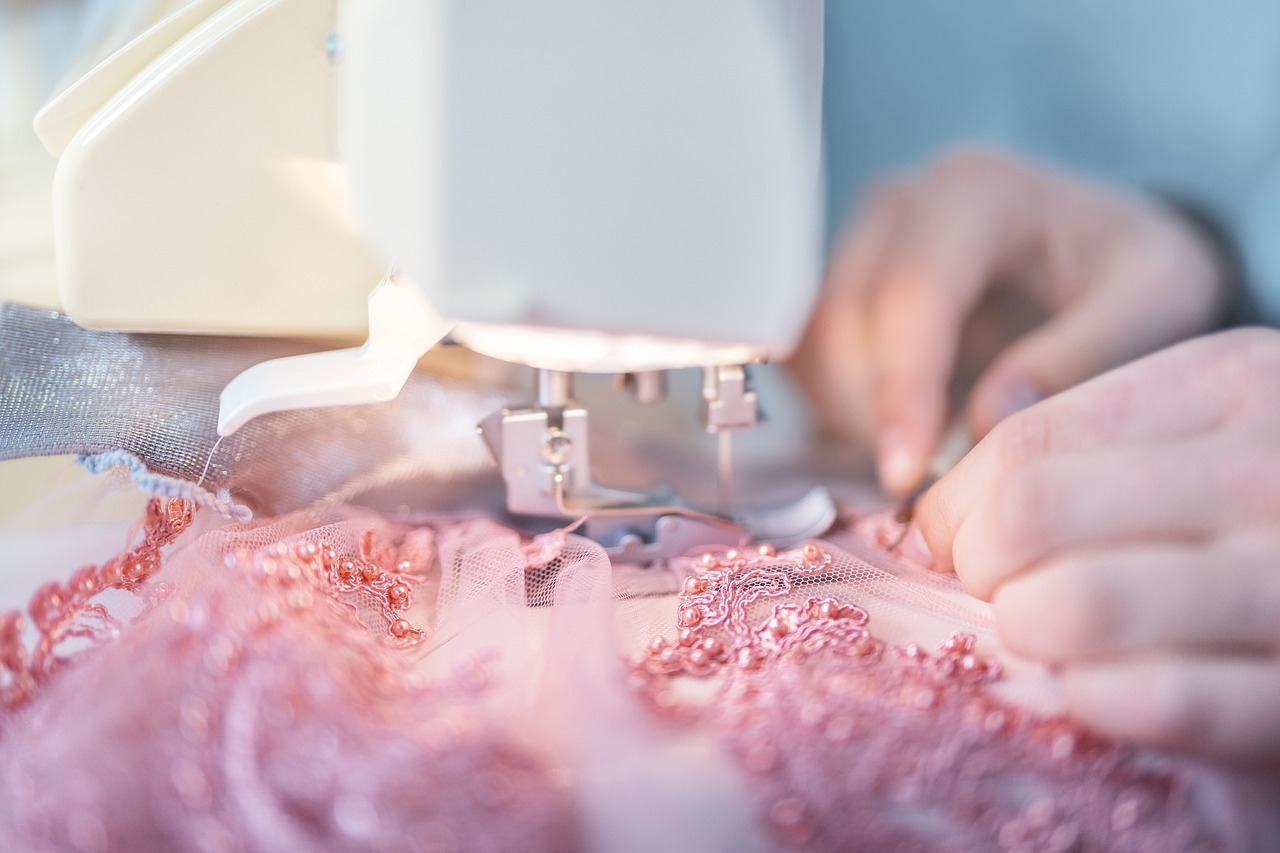
Benefits of Animal Crafts
Engaging in animal crafts offers a treasure trove of benefits for children that go beyond just having fun. When kids dive into the world of crafting, they are not only unleashing their creativity but also honing essential skills that will serve them well throughout their lives. Think about it: crafting is like a workout for the brain and hands! It enhances creativity, improves hand-eye coordination, and fosters a profound love for nature and wildlife.
By working on animal crafts, children can explore their imaginations in a way that textbooks simply cannot provide. Imagine a child transforming a simple cardboard box into a majestic lion or a colorful parrot! This hands-on approach encourages them to think outside the box (pun intended) and come up with unique ideas. Moreover, as they manipulate various materials, they develop fine motor skills that are crucial for tasks like writing and tying shoelaces.
In addition to creativity and coordination, animal crafts also promote emotional development. When kids create something from scratch, they experience a sense of accomplishment. This boost in self-esteem can be incredibly empowering. Furthermore, crafting can be a wonderful bonding experience. Whether they’re working alongside a parent, sibling, or friend, these moments spent crafting can strengthen relationships and create lasting memories.
Animal crafts also serve as a gateway to learning about wildlife. As children create their own zoo at home, they inevitably start asking questions about the animals they are replicating. This curiosity can lead to discussions about different species, their habitats, and the importance of conservation. In essence, crafting becomes a fun and interactive way to educate children about the world around them.
To summarize, the benefits of animal crafts include:
- Enhanced Creativity: Kids learn to express themselves artistically.
- Improved Coordination: Fine motor skills are developed through crafting.
- Emotional Growth: A sense of accomplishment boosts self-esteem.
- Bonding Opportunities: Crafting can strengthen relationships.
- Educational Value: Encourages curiosity about wildlife and nature.
In conclusion, animal crafts are not just a delightful pastime; they are a multifaceted tool for growth and learning. So, gather your materials, unleash your creativity, and let the crafting adventure begin!
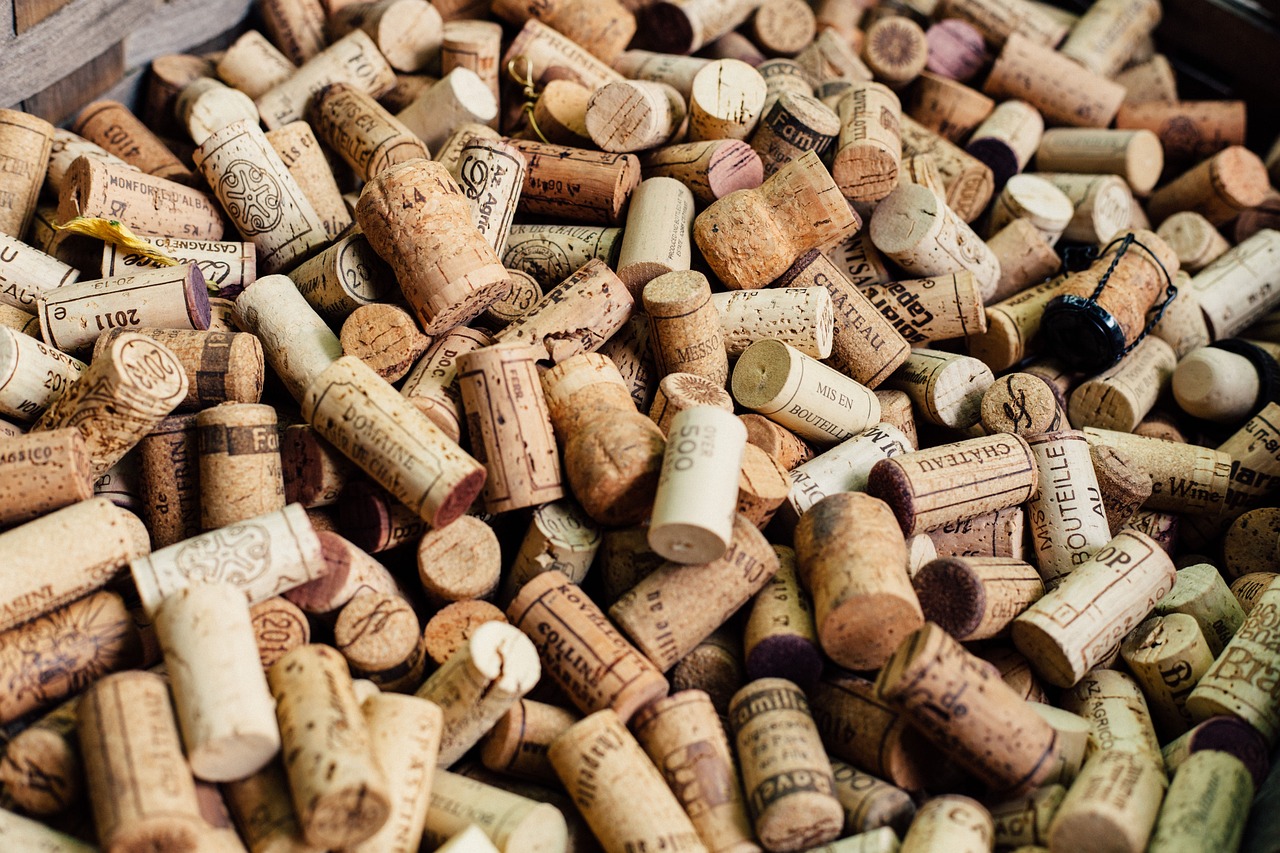
Materials Needed for Crafting
When diving into the world of animal crafts, having the right materials at your fingertips can make all the difference. Not only does it spark creativity, but it also sets the stage for a fun and engaging crafting experience. Before you gather your little ones around the crafting table, let’s explore the essential materials you’ll need to kick-start your artistic adventure. Think of it as gathering your tools for a treasure hunt where the treasure is the joy of creating!
First off, you'll want to collect a variety of recycled materials. These items are not just great for the environment, but they also inspire creativity by giving everyday objects a new life. For instance, cardboard boxes can be transformed into anything from majestic elephants to playful puppies. Plastic bottles can become vibrant bird feeders or even animal sculptures. You can also use paper, like old newspapers or magazines, to add texture and color to your crafts. Here’s a quick list of some recycled materials you might want to gather:
- Cardboard boxes and tubes
- Plastic bottles and caps
- Old newspapers and magazines
- Egg cartons
- Yarn or string scraps
In addition to recycled items, consider incorporating natural materials into your crafting mix. Connecting with nature can enhance the crafting experience and provide a unique touch to your projects. Leaves can be used to create textured animal bodies, while twigs can serve as legs or tails. Stones can be painted to resemble various animals, adding a rustic charm to your zoo. Here are some natural materials to keep an eye out for:
- Leaves (various shapes and sizes)
- Twigs and branches
- Stones and pebbles
- Flowers or petals
Lastly, don’t forget the basic crafting supplies that will make the process smoother and more enjoyable. These include:
- Scissors
- Glue (liquid and glue sticks)
- Markers, crayons, or paint
- Paintbrushes
- Crafting tape
With these materials on hand, you’re ready to unleash your creativity and dive into the wonderful world of animal crafts. Just imagine the excitement on your child’s face as they transform a simple cardboard box into a roaring lion or a colorful paper plate into a friendly frog. The possibilities are endless, and the memories you create together will last a lifetime!
Q1: What age group is suitable for animal crafts?
A1: Animal crafts are perfect for children of all ages! Younger kids may need more assistance, while older children can take the lead in their creative projects.
Q2: Can I use any type of glue for these crafts?
A2: Yes, but it's best to use non-toxic glue, especially when crafting with younger children. Craft glue and glue sticks are great options for most projects.
Q3: How can I encourage my child to be more creative during crafting?
A3: Allow them to express themselves freely! Provide a variety of materials and let them choose what they want to create. Ask open-ended questions to inspire their imagination.
Q4: What if I don’t have all the materials listed?
A4: No worries! Get creative with what you have at home. The goal is to have fun and use your imagination, so feel free to substitute materials as needed.
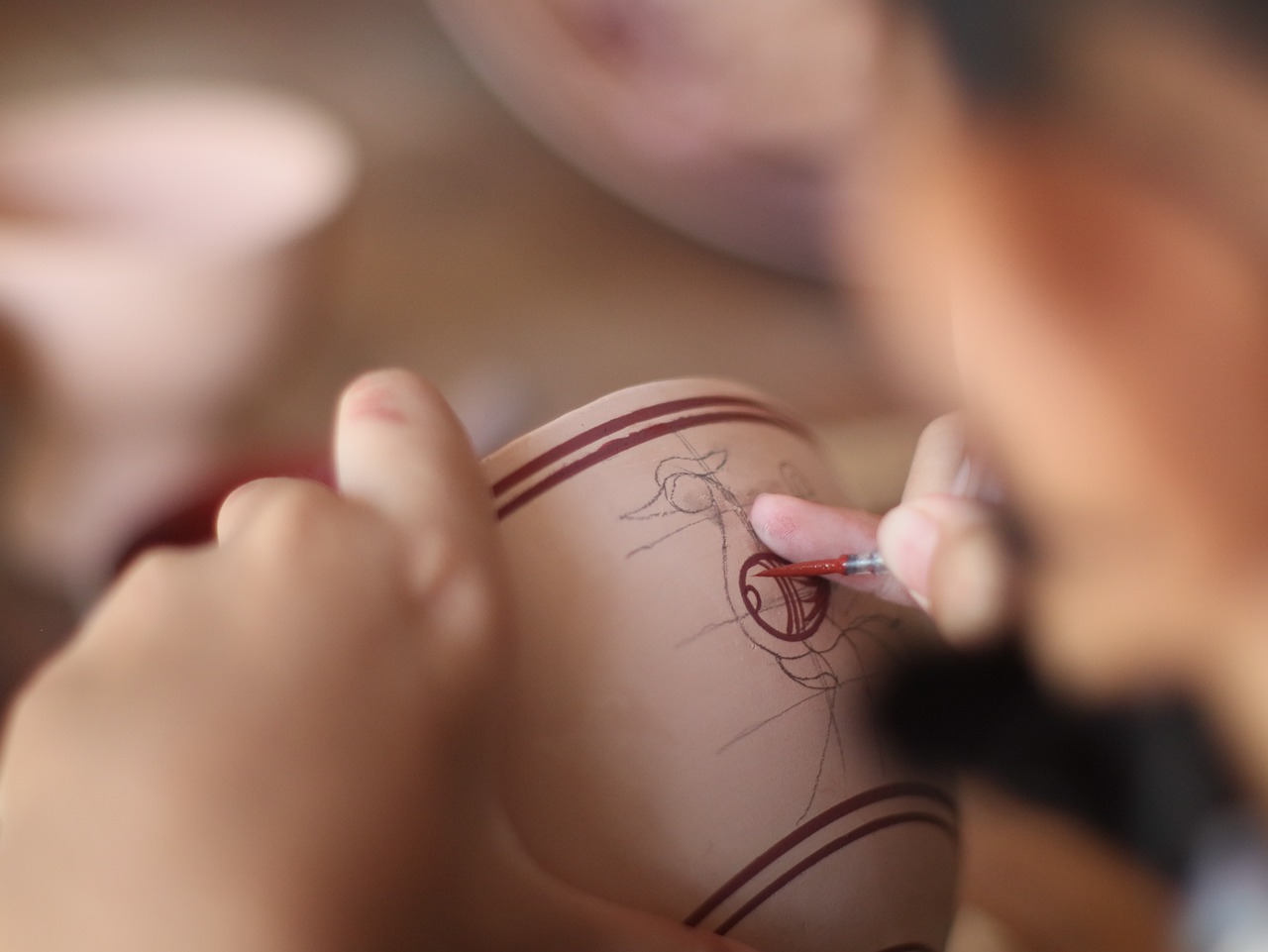
Recycled Materials
Using for crafting is not only a fantastic way to unleash creativity in children, but it also plays a crucial role in promoting sustainability. Imagine transforming everyday items that would typically end up in the trash into vibrant, imaginative animal crafts! It's like giving a second life to these materials, allowing kids to see the potential in what others might consider waste. Think of it as a treasure hunt in your own home; you never know what hidden gems you might find!
Common household items can be repurposed into delightful animal creations. For instance, cardboard boxes can become the sturdy bodies of elephants or the wings of a colorful butterfly. Plastic bottles can be transformed into playful penguins or even a quirky crocodile. The possibilities are endless! Here are some recycled materials that can spark your child's imagination:
- Cardboard: Perfect for building structures or creating 3D animal figures.
- Plastic Bottles: Great for crafting animals that can stand or wobble.
- Egg Cartons: Ideal for making caterpillars, turtles, or other small creatures.
- Paper Rolls: Can be transformed into owls, giraffes, or even a family of raccoons.
- Old Magazines: Useful for collage projects or creating colorful animal masks.
When engaging in these activities, children not only learn about the importance of recycling but also develop essential skills such as problem-solving and critical thinking. As they figure out how to assemble their crafts, they become mini-engineers! Plus, crafting with recycled materials encourages collaboration and communication when kids work together on projects.
One of the most exciting aspects of using recycled materials is the element of surprise. A simple cardboard box can become anything from a lion's den to a jungle tree; it just requires a bit of imagination. This process can be compared to a magician pulling a rabbit out of a hat—what seems ordinary can turn extraordinary with a little creativity and effort.
As you embark on this crafting adventure, encourage your children to think outside the box (pun intended!). Ask them questions like, "What animal can we create from this empty bottle?" or "How can we make a giraffe from this cardboard tube?" These prompts will not only stimulate their creativity but also deepen their understanding of the world around them.
| Material | Animal Craft Idea | Benefits |
|---|---|---|
| Cardboard | 3D Lion | Enhances fine motor skills |
| Plastic Bottles | Penguin | Encourages imaginative play |
| Egg Cartons | Caterpillar | Promotes teamwork |
| Paper Rolls | Giraffe | Fosters creativity |
In conclusion, using recycled materials for animal crafts is a win-win situation. Kids get to explore their creativity while learning about the importance of sustainability. So, gather those old boxes and bottles, and let the crafting begin! The next time your child asks, "Can we make a zoo?" you can confidently say, "Absolutely! Let's see what we can create!"
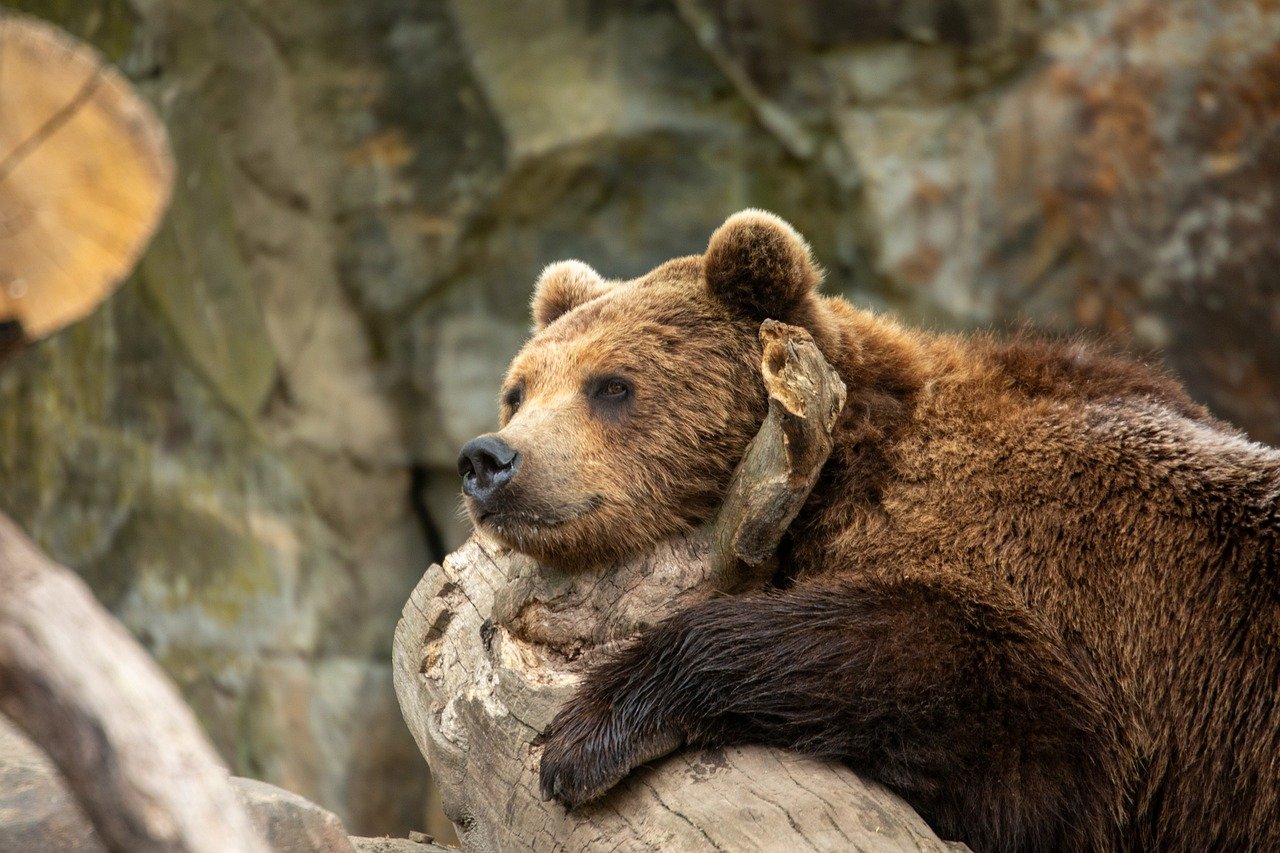
Cardboard Animals
Cardboard is a fantastic medium for creating animal crafts that are not only fun but also incredibly easy to work with. Imagine transforming a simple cardboard box into a lively jungle of creatures! The beauty of using cardboard lies in its versatility; you can cut, fold, and paint it to bring your animal creations to life. Whether you’re crafting a majestic lion, a playful monkey, or a colorful bird, the possibilities are as vast as your imagination.
To get started, gather some basic materials:
- Cardboard boxes (old shipping boxes, cereal boxes, etc.)
- Scissors
- Glue or tape
- Paint or markers for decoration
- Additional embellishments (googly eyes, yarn, fabric scraps)
One of the simplest projects is to create a cardboard animal figure. Begin by sketching your desired animal on a piece of cardboard. Once you have your design, carefully cut it out with scissors. You can make a standing figure or even a flat one that can be attached to a wall or a diorama. After cutting, it’s time to unleash your creativity! Use paints to add color, and don’t forget to add details like eyes, ears, and even textures to make your animal look realistic. For instance, a lion could have a fluffy mane made from yarn, while a turtle could have a patterned shell drawn with markers.
Another engaging project is to create a cardboard animal mask. This is a great way for children to express their creativity while also preparing for imaginative play. Start by cutting a large circle from a piece of cardboard, which will serve as the base of the mask. Next, cut out eye holes and then decorate the mask to resemble their favorite animal. They can use paints, feathers, or even fabric scraps to make it truly unique. Once the mask is complete, encourage your child to wear it and act like the animal they created. This not only enhances their creative skills but also boosts their confidence as they perform and play.
Lastly, don't forget about the idea of making a cardboard animal habitat. After crafting your animals, why not create a home for them? Use larger pieces of cardboard to build a mini habitat. For example, if you’ve made a giraffe, create a savannah scene with tall grass made from green paper or fabric. If it’s a penguin, build an icy landscape with white cardboard. This project allows for storytelling and role-playing, making it a wonderful interactive experience for children.
In summary, cardboard animals are not just crafts; they are gateways to imaginative play and learning. As children cut, glue, and paint, they develop fine motor skills, enhance their creativity, and learn about different species in a fun and engaging way. So gather your cardboard and let the crafting adventure begin!
Q: What types of cardboard are best for crafting?
A: Any cardboard is suitable, but thicker cardboard from boxes is more durable for larger projects. Cereal boxes are great for smaller crafts.
Q: How can I make my cardboard crafts more durable?
A: Use multiple layers of cardboard for sturdier structures, and consider applying a coat of varnish or sealant after painting to protect your creations.
Q: Are there any safety tips for using scissors with children?
A: Always supervise children while using scissors. Consider using safety scissors for younger kids, and teach them proper cutting techniques.
Q: What if I don’t have paint?
A: You can use markers, crayons, or even colored paper to decorate your cardboard animals. Be creative with whatever materials you have on hand!
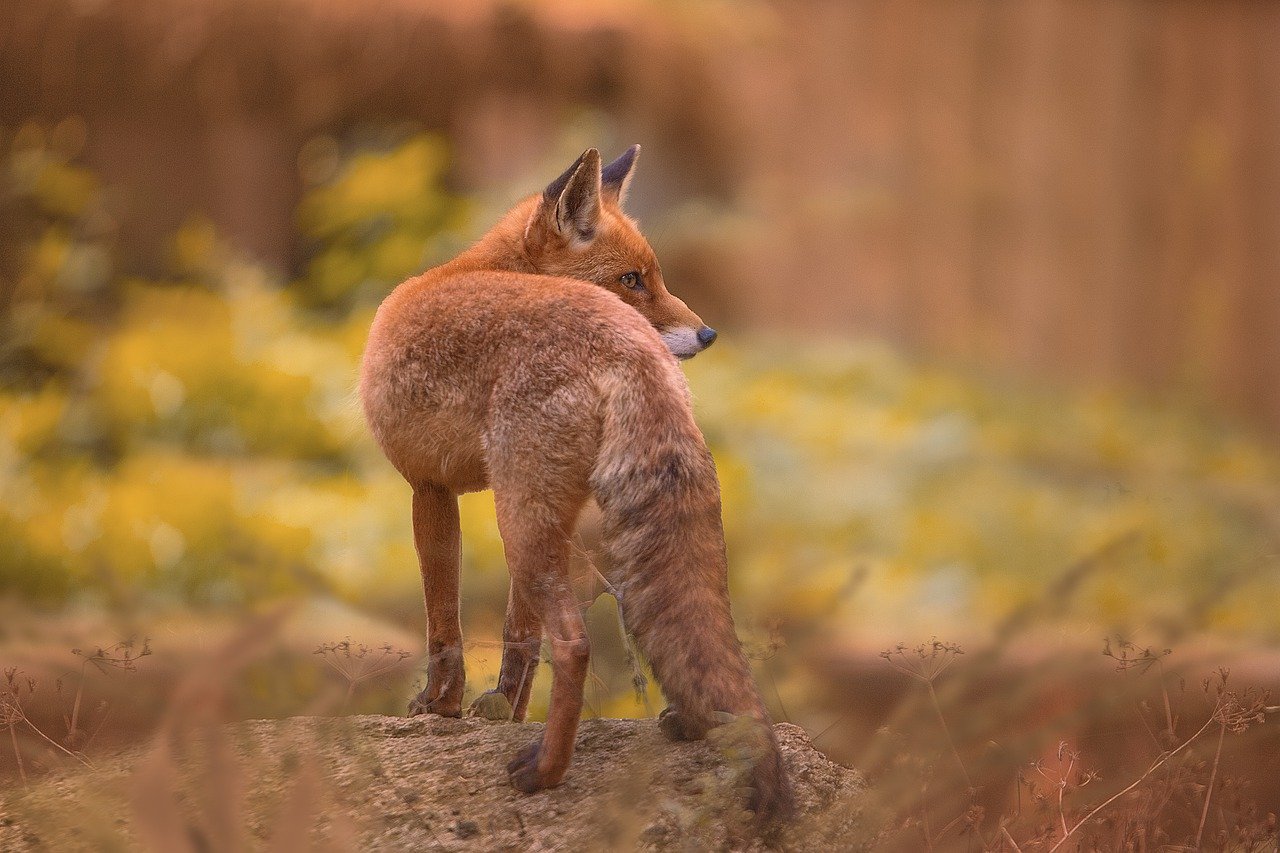
Paper Plate Crafts
Paper plates are not just for serving snacks at a party; they can be transformed into a world of creativity and fun for kids! These versatile crafting materials can easily become vibrant animal faces, puppets, or even entire scenes that spark the imagination. The beauty of using paper plates is their accessibility and the endless possibilities they offer. With just a few simple supplies, your little ones can dive into a crafting adventure that combines art with imaginative play.
To get started, gather your paper plates and a few basic crafting items such as markers, paint, glue, and crafting scissors. You can also add embellishments like feathers, googly eyes, and glitter to make the creations even more exciting. The process is not only enjoyable but also a wonderful way to enhance fine motor skills as children cut, glue, and decorate their animal crafts.
Here are a few fun ideas to inspire your crafting session:
- Animal Masks: Transform a paper plate into your child’s favorite animal mask! Simply cut out eye holes, decorate with paint or markers, and attach a string to wear it.
- Puppets: Create adorable animal puppets by cutting a slit in the bottom of the plate. Decorate the top half to resemble an animal, and let the kids put on a puppet show!
- Animal Faces: Use multiple plates to create a collection of animal faces, from lions to turtles. Each plate can represent a different animal, encouraging storytelling and imaginative play.
Not only do these crafts allow for artistic expression, but they also provide an opportunity for children to learn about different animals. As they create, you can engage them in conversations about the animals they are representing, discussing their habitats, behaviors, and characteristics. This way, crafting becomes a multifaceted learning experience that combines art, science, and fun!
So, gather those paper plates and let the crafting commence! With a little creativity and a splash of color, your kids can create a zoo full of paper plate animals that will bring joy and excitement to their playtime. Plus, the best part is that these crafts can be easily cleaned up, making them perfect for a quick creative session anytime!
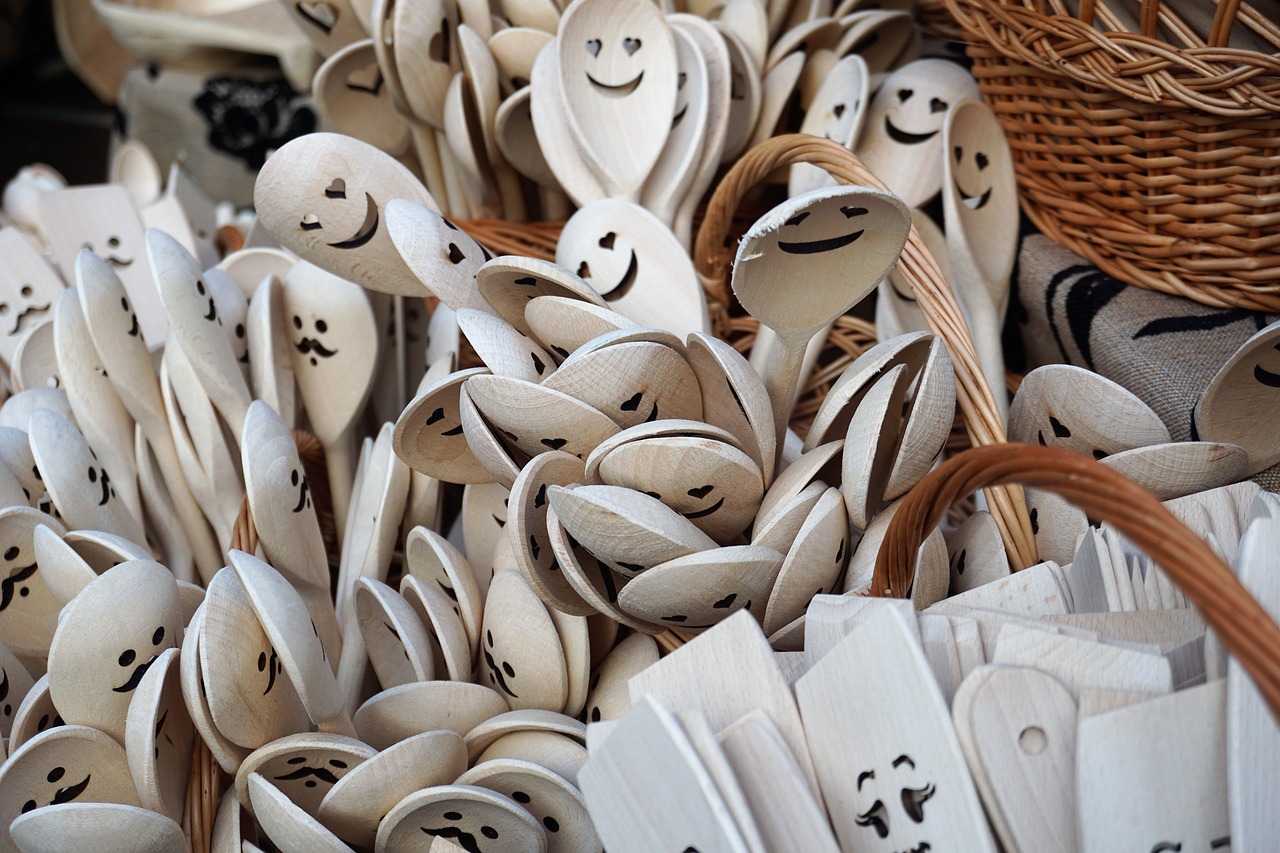
Natural Materials
Incorporating into your crafting projects is not only a fantastic way to connect children with the environment, but it also opens up a world of creativity. Imagine walking through a park or your backyard and gathering leaves, twigs, and stones, then transforming them into unique animal art pieces! This hands-on approach encourages kids to explore the outdoors while developing their artistic skills.
Using natural materials can be a sensory delight. The textures of rough bark, smooth pebbles, and vibrant leaves can inspire children to think outside the box. For instance, a simple twig can become the legs of a charming animal figure, while a collection of colorful leaves can create a stunning collage of a forest scene. The possibilities are endless, and the best part is that these materials are often free and readily available.
Here are some exciting ideas for using natural materials in your animal crafts:
- Leaf Animals: Use different shaped leaves to create animal silhouettes. A large leaf could represent a turtle's shell, while smaller leaves can be arranged to form a bird's wings.
- Stone Critters: Gather smooth stones and paint them to resemble various animals. With just a few strokes of paint, a plain rock can turn into a ladybug or a frog!
- Twig Sculptures: Gather twigs and branches to construct animal figures. By arranging them creatively, you can create everything from a simple rabbit to a more complex deer.
When working with natural materials, it’s essential to teach children about sustainability. Encourage them to collect only what they need and to respect nature by not damaging plants or habitats. This practice not only nurtures their creativity but also instills a sense of responsibility towards the environment. Plus, it’s a wonderful way to spark conversations about wildlife and the ecosystems that support them.
As you embark on your crafting adventure, remember that the goal is to have fun and explore. There’s no right or wrong way to create with natural materials; it’s all about letting your imagination run wild. So, gather your supplies, head outdoors, and let the beauty of nature inspire your next animal craft project!
Q: What types of natural materials can we use for animal crafts?
A: You can use a variety of natural materials such as leaves, twigs, stones, pinecones, and even flowers. The key is to let your creativity flow and see what you can create with what you find!
Q: How can I ensure my child is safe while collecting natural materials?
A: Always supervise your child during outdoor activities. Teach them to avoid plants that might be harmful, such as poison ivy, and to be cautious around sharp objects like thorns or broken glass.
Q: Can we use natural materials for other types of crafts besides animals?
A: Absolutely! Natural materials can be used for a wide range of crafts, including collages, wreaths, and decorative pieces. The only limit is your imagination!
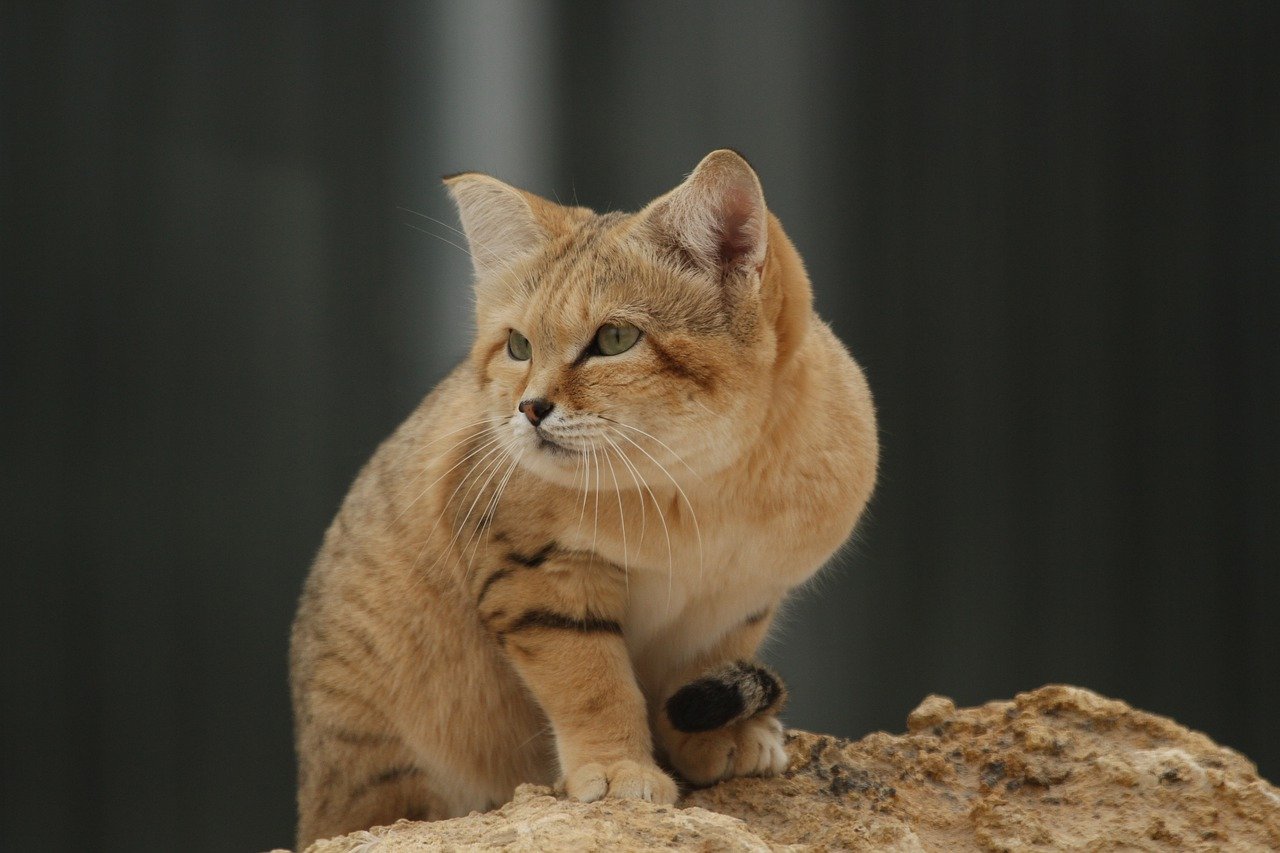
Step-by-Step Craft Ideas
Crafting is not just about creating something; it's about the journey of imagination and creativity that unfolds as you dive into the world of animal crafts. Here, we’re going to explore some exciting step-by-step craft ideas that will not only keep your kids entertained but also ignite their passion for wildlife and nature. Whether it’s making vibrant animal masks or constructing a mini zoo, these projects are designed to be fun and educational. Ready to unleash your inner artist? Let’s get started!
Creating animal masks is a fantastic way for kids to express themselves while learning about their favorite creatures. To make these masks, gather some basic supplies like paper plates, scissors, glue, and markers. Here’s a simple guide to crafting your own animal mask:
- Choose Your Animal: Let your child pick their favorite animal. Is it a lion, a bunny, or perhaps a colorful parrot? The possibilities are endless!
- Prepare the Base: Take a paper plate and cut out eye holes. This will be the base of your mask.
- Decorate: Use markers, crayons, or paint to color the mask. Add features like ears or a nose using construction paper. For a lion, you could cut out strips of yellow and orange paper for a mane!
- Attach a Strap: Use a piece of string or elastic band to create a strap that will hold the mask in place. Make sure it's comfortable for your child.
- Showtime! Once the mask is complete, encourage your child to put on a little performance or play a game of pretend as their chosen animal!
What could be more exciting than creating your own miniature zoo? This craft project not only allows kids to design various habitats but also encourages imaginative play. Here’s how to create a mini zoo step-by-step:
- Gather Materials: You will need small animal figurines, cardboard, glue, scissors, and decorative items like leaves or stones.
- Design the Layout: Use cardboard to create the base of your zoo. You can make different sections for various animal habitats, like a jungle area for monkeys and a savanna for lions.
- Create Habitats: Use natural materials like twigs, leaves, and stones to build realistic environments for the animals. For example, use a green piece of paper as grass or a small box as a cave.
- Place the Animals: Once the habitats are ready, place the animal figurines in their respective areas. This is where the fun begins as kids can arrange and rearrange their zoo layout!
- Invite Friends: Encourage your child to invite friends over to showcase their mini zoo. They can even create stories about the animals and their adventures!
These crafting activities are not just about making things; they are about fostering a connection with nature and wildlife. As your kids engage in these projects, they develop fine motor skills and creativity, all while having a blast! So, grab your materials and let the crafting adventures begin!
As you embark on this crafting journey, you might have some questions. Here are a few frequently asked questions that can help guide you:
- What age group are these crafts suitable for? These crafts are generally suitable for children aged 4 and up, with adult supervision for younger kids.
- Can I use other materials? Absolutely! Feel free to get creative with whatever materials you have at home. The more diverse, the better!
- How long do these projects take? Each project can vary, but typically, they can take anywhere from 30 minutes to a couple of hours, depending on the complexity and the child’s engagement.
- What if my child doesn't like the animal they picked? Encourage them to switch! The goal is to have fun, so let them choose whatever inspires them.
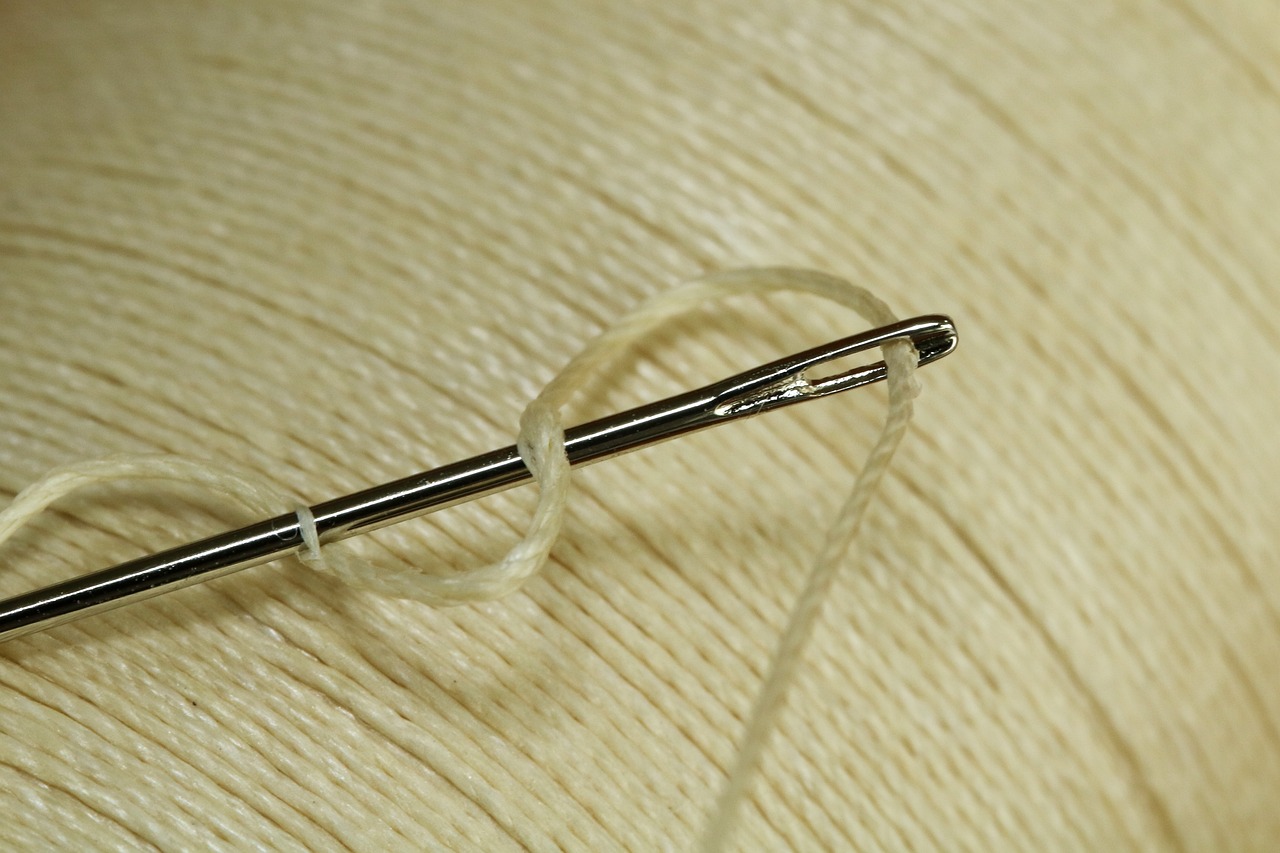
Making Animal Masks
Creating animal masks is not just a fun activity; it's a fantastic way for kids to explore their creativity while learning about their favorite animals. Imagine transforming a simple piece of paper or cardboard into a vibrant, colorful mask that brings a child's imagination to life! The process is simple, engaging, and offers endless possibilities. All you need are a few basic materials and a sprinkle of creativity.
To start off, gather your materials. You will need:
- Paper plates or sturdy cardboard
- Markers, crayons, or paint
- Scissors
- Glue or tape
- String or elastic bands for wearing the masks
- Decorative items like feathers, glitter, or stickers
Once you have everything ready, the fun begins! First, choose an animal that your child loves—whether it's a lion, a butterfly, or a playful monkey. The beauty of making animal masks is that it allows children to express their personalities and preferences, turning them into their favorite creatures!
Here’s a simple step-by-step guide to making a basic animal mask:
- Shape the Base: Start by taking a paper plate or a piece of cardboard. Cut out eye holes to fit your child's face comfortably.
- Design the Face: Use markers or paint to color the mask. Encourage your child to get creative! For a lion, they can use yellow and orange, while a butterfly could be a mix of bright colors.
- Add Features: This is where the fun really begins! Use additional materials to create ears, noses, or whiskers. For instance, cut out triangles from cardboard for a cat's ears or glue on some feathers for a bird's mask.
- Attach the Straps: Finally, use string or elastic bands to attach the mask. Make sure it fits snugly but comfortably!
Not only is making animal masks a great way to spend time together, but it also opens up opportunities for imaginative play. Once the masks are complete, encourage your kids to put on a little show or act out their favorite animal behaviors. This not only enhances their creativity but also strengthens their confidence as they perform in front of family and friends.
Incorporating educational elements can elevate this craft even further. For instance, after creating the masks, you could have a discussion about the animal's habitat, diet, and behaviors. This way, crafting becomes an interactive learning experience, blending art with knowledge!
So, roll up your sleeves, gather your supplies, and let the crafting adventure begin! Making animal masks is a delightful way to bond with your children while sparking their creativity and curiosity about the animal kingdom.
1. What materials are best for making animal masks?
You can use paper plates, cardboard, or even felt. The choice depends on what you have available and how durable you want the masks to be.
2. Can we make masks for different age groups?
Absolutely! Younger kids might enjoy simpler designs, while older children can take on more complex projects with additional materials and intricate details.
3. How can we make the masks more educational?
After crafting, discuss the animals represented in the masks, including their habitats, diets, and behaviors. This can enhance learning while having fun!
4. Are there any safety tips for using scissors and other tools?
Always supervise young children when using scissors or any crafting tools. Ensure they use safety scissors if they are very young, and demonstrate how to handle tools properly.
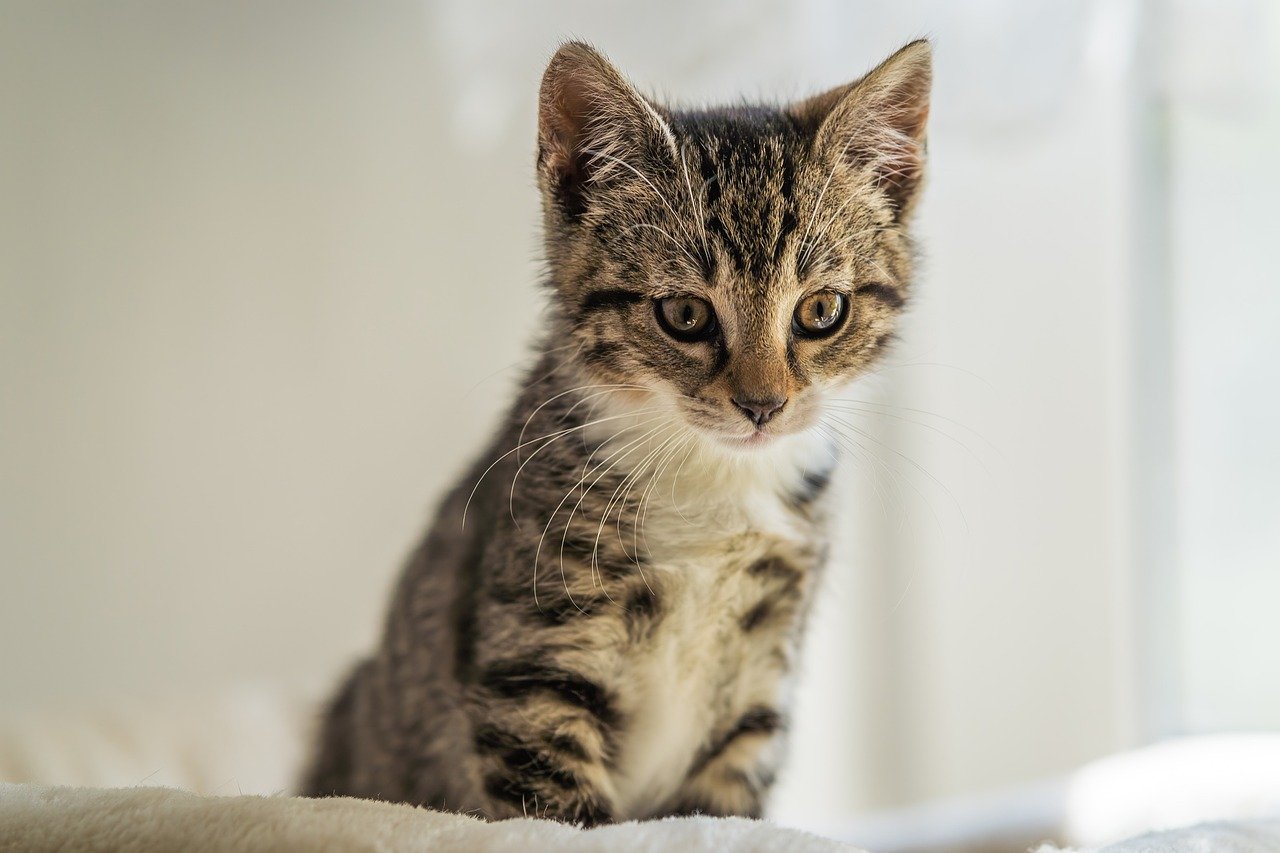
Building a Mini Zoo
Creating a miniature zoo is not just a fun craft project; it's an adventure that transports your child's imagination into the wild! Picture this: your living room transforms into a vibrant habitat filled with colorful animals, lush greenery, and the sounds of the jungle. The best part? Kids can learn about different species while honing their crafting skills. So, how do we embark on this exciting journey? Gather your materials and let’s dive into the world of crafting a mini zoo!
To start, you’ll need a variety of materials. Think about using small animal figures, which can be made from clay, paper, or even recycled items. You can also incorporate other elements like:
- Cardboard for creating enclosures
- Paint to add color and life
- Natural materials like leaves and twigs for landscaping
- Fabric scraps for creating animal habitats
Once you’ve gathered your materials, it’s time to plan your zoo layout. A simple sketch can help visualize the arrangement of different animal habitats. For example, you could have a section for jungle animals, another for savanna creatures, and maybe even a small pond for aquatic life! This planning phase allows children to engage in critical thinking and spatial awareness, as they consider where each animal will live.
Now, let’s dive into the construction phase! Start by creating the animal enclosures. Use cardboard boxes or sheets to build walls and fences. You can cut them into fun shapes to make it more exciting. Encourage your kids to decorate these enclosures with paint or markers. This is where their creativity can really shine! They can draw grass, trees, and even little signs for each animal.
Next up, it’s time to create the animals themselves. If you’re using small figures, you can paint them to match real-life colors or let your kids invent their own fantastical species. If you’re making animals from scratch, consider using modeling clay or paper mache. This hands-on experience not only enhances fine motor skills but also provides a fantastic opportunity for storytelling. Kids can create backstories for their animals, imagining where they come from and what their lives are like in the wild.
Finally, once your zoo is built and populated with animals, it’s time to add the finishing touches. Use natural materials like leaves, stones, and twigs to create a realistic environment. This can include a mini river made from blue paper, a sandy area with real sand, or even a tree made from twigs and paper. The more details, the better! This step not only beautifies the zoo but also teaches children about the importance of habitats and ecosystems.
And there you have it! A mini zoo crafted with love, creativity, and a sprinkle of imagination. This project is not just about the end result; it’s about the journey of creating something wonderful together. So, gather your supplies, roll up your sleeves, and let the crafting adventure begin!
Q: What age group is suitable for building a mini zoo?
A: This activity is great for children aged 5 and up! Younger kids may need more assistance, while older kids can take the lead in crafting.
Q: Can we use items from nature for this project?
A: Absolutely! Incorporating natural elements like leaves, stones, and twigs can enhance the experience and teach children about their environment.
Q: What if we don't have animal figures?
A: No worries! You can create your own animals using paper, clay, or even recycled materials like bottle caps and cardboard.
Q: How long does this project typically take?
A: Depending on the complexity of the zoo and the age of the children, it can take anywhere from a couple of hours to a few days. Enjoy the process!
Frequently Asked Questions
- What age group is suitable for animal crafts?
Animal crafts are perfect for a wide range of ages! Generally, kids aged 3 to 12 can enjoy these activities. Younger children may need some adult supervision, especially with scissors and small parts, while older kids can take the lead and explore their creativity more independently.
- What materials do I need to get started?
To embark on your animal crafting adventure, gather some basic materials like cardboard, paper plates, glue, scissors, and paints. You can also include recycled items like plastic bottles or egg cartons, as well as natural materials like leaves and twigs. The more diverse your materials, the more creative your projects can be!
- Can animal crafts be educational?
Absolutely! Animal crafts can be a fantastic way to teach kids about different species, their habitats, and the importance of wildlife conservation. As they create, you can share interesting facts about the animals they're crafting, making it a fun and informative experience.
- How can I encourage my child’s creativity during crafting?
Encourage your child to think outside the box! Ask open-ended questions like, "What colors do you think this animal should be?" or "How can we make this animal unique?" Allow them to experiment with different materials and techniques, and most importantly, celebrate their creations no matter how they turn out!
- What are some easy animal crafts for beginners?
For beginners, consider starting with simple projects like paper plate animal masks or cardboard tube animals. These crafts require minimal materials and are easy to follow, making them perfect for young crafters. Once they get the hang of it, you can introduce more complex ideas!
- How can I make crafting more interactive?
To make crafting more interactive, involve your child in the planning process. Let them choose the animal they want to create, and perhaps even design their own zoo layout. You can also turn it into a fun game by having them act out their animals after crafting!
- Are there any safety tips I should keep in mind?
Yes, safety is key! Always supervise younger children when using scissors and glue. Make sure to use child-safe materials and keep small objects away from toddlers to prevent choking hazards. It's also good to have a clean workspace to avoid any accidents.



















